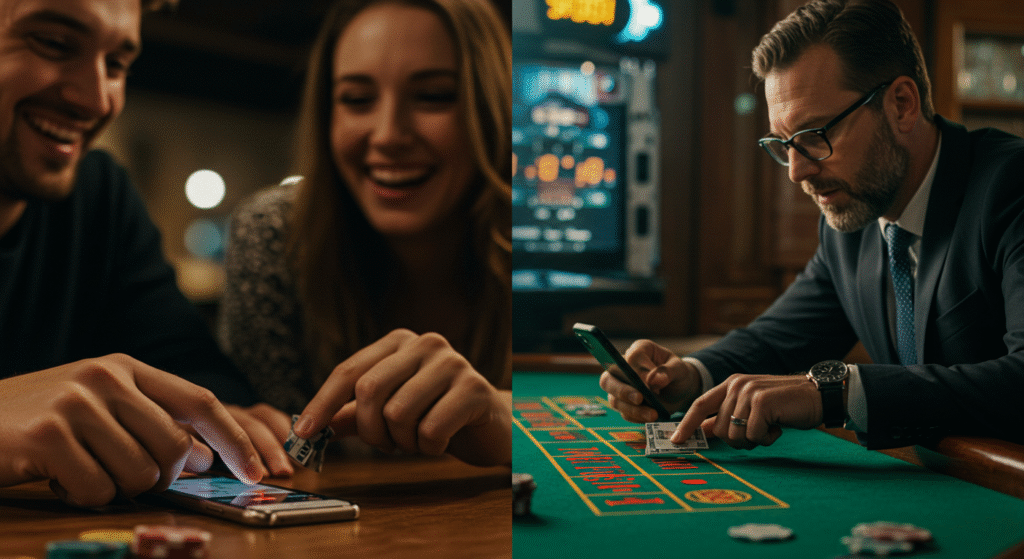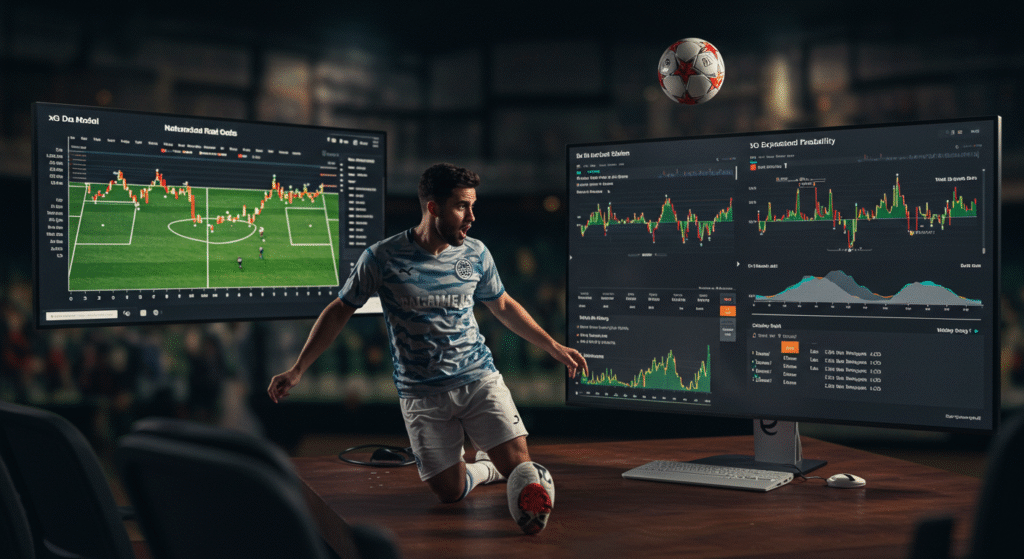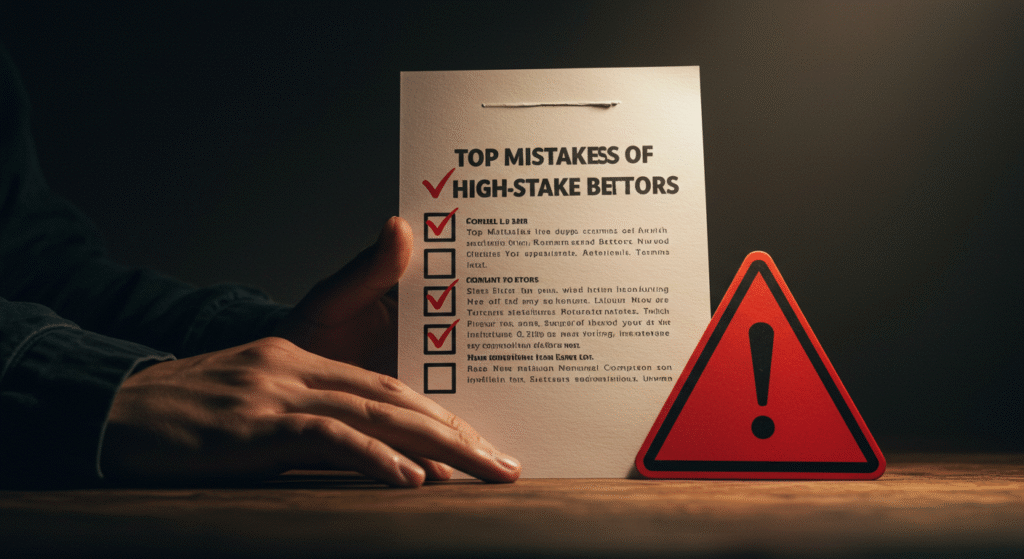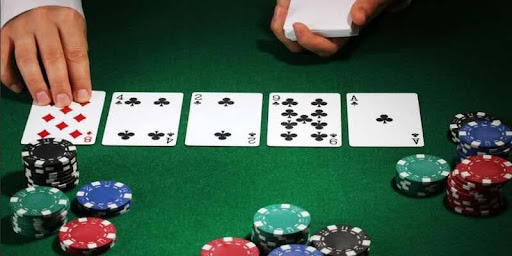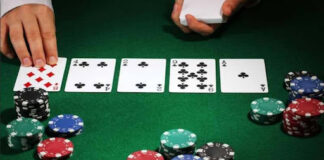
High-stake betting isn’t a game of chance; it’s a serious investment strategy. Whether you’re betting on football, tennis, or horse racing, putting large sums of money on the line requires more than just boldness. You need precision, research, and psychological strength. In 2025, the betting industry is more data-driven and competitive than ever. As a high-stake player, you’re not just playing for excitement you’re playing for consistent profit.
Many casual bettors lose money simply because they bet with emotion, chase losses, or fail to apply proven strategies. High-stake players can’t afford these mistakes. Every wager must be calculated, disciplined, and aligned with a long-term goal. This article unpacks everything from bankroll strategy to betting psychology, sharp tactics, and advanced analysis techniques.
Understanding What High-Stakes Betting Really Means
Defining High-Stake Betting
High-stakes betting generally refers to wagers that involve large financial commitments. While “high-stake” is subjective, it usually starts at several hundreds to thousands of dollars per bet. These are not for emotional or recreational players. High-stake betting is:
- Strategic and analytical
- Backed by experience and bankroll strength
- Emotionally and mentally managed
Why High-Stake Betting is Different
Unlike casual or mid-range bettors, high-stake players face:
- Higher psychological pressure
- Stricter bankroll management demands
- More scrutiny from betting platforms
- Greater temptation to tilt or overbet
Building the Perfect Bankroll Strategy
Calculating Your Risk Tolerance
High-stake bettors must first define their risk limits. A general rule is to never stake more than 1–3% of your total bankroll on a single wager. For instance, a $100,000 bankroll would imply a max bet of $3,000.
The Power of Unit Betting
Units help protect your emotions and maintain discipline. Example:
- 1 Unit = $1,000
- 2-unit bet = $2,000 This detaches emotional responses from monetary values and keeps strategy intact.
Tracking and Analysing Bets
High-stake players must keep detailed records. Your spreadsheet should include:
- Date, Market, Odds, Stake
- Bookmaker used
- Outcome and ROI
- Notes on decision-making
Mindset and Emotional Control
Discipline Over Emotion
High-stakes betting is more psychological than analytical. Emotional betting leads to overexposure and losses. Create non-negotiable rules like:
- No chasing losses
- No bets under influence
- Only bet on pre-researched markets
Understanding Tilt and Burnout
Tilt is the emotional response after a loss that clouds judgment. For high-stake players, tilting can cause catastrophic losses.
Signs of tilt:
- Placing back-to-back bets to recover
- Changing strategy abruptly
- Ignoring bankroll limits
Meditation and Recovery Days
Even high-rollers need mental breaks. Incorporate mindfulness, regular exercise, and schedule non-betting days to stay sharp.

Finding the Right Markets and Odds
Specializing in One or Two Markets
High-stake bettors rarely bet on everything. They specialize.
- Football match result markets
- BTTS + Win combos
- Over/Under goals
- Asian handicaps
Choosing a niche allows you to build deep knowledge, spot odds inefficiencies, and recognize trends.
Value Betting and Market Movement
Look for value where odds underestimate real probabilities. You need to:
- Compare multiple bookmakers
- Track line movements
- React before the market corrects
Live/In-Play High-Stake Bets
In-play betting offers real-time advantages if you:
- Watch the match
- Know how to spot momentum shifts
- Manage delay odds smartly
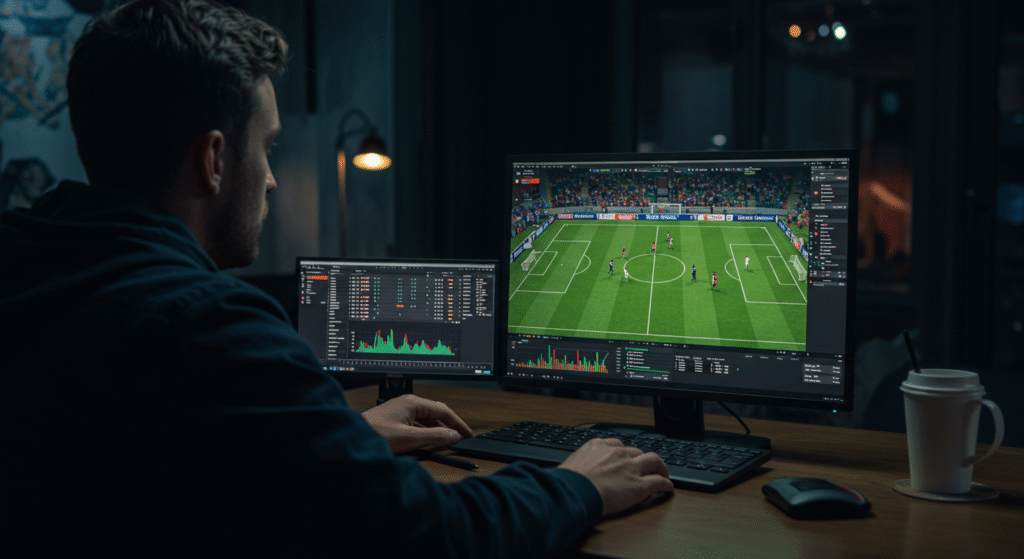
Advanced Betting Strategies That Work
Arbitrage and Hedging
Some high-stake bettors use arbitrage:
- Bet on all outcomes using different bookies where odds make all results profitable
- Requires fast execution and account balance across platforms
Hedging involves adjusting bets as games progress to guarantee smaller profits or minimize losses.
Staggered Betting & Progressive Scaling
Instead of dropping $10,000 in one go, break it into 2-3 strategic bets. Scale up only after validation or positive trends.
Using Analytics and Betting Models
Betting models use:
- xG (expected goals)
- Shot accuracy
- Possession and pressure data Use these to predict outcomes better than bookies.
Dealing With Bookmakers as a High-Stake Player
Avoiding Limits and Restrictions
Bookies may restrict winning accounts. Tips:
- Avoid bet patterns that look robotic
- Bet odd amounts ($2022 instead of $2000)
- Rotate accounts where legal
Working with Betting Syndicates
Some high-stake players join or form groups to:
- Share data models
- Pool funds
- Reduce personal risk
This increases edge while decreasing exposure.
Offshore Betting & Regulation Awareness
Understand local regulations. Some offshore books offer better odds but less protection. Always vet their credibility.
Common Mistakes High-Stake Bettors Must Avoid
- Overconfidence: Early success leads to reckless bets
- Lack of documentation: Without tracking, patterns are invisible
- Ignoring emotional state: Betting while emotional ruins logic
- Failure to adapt: What worked last season may fail this one
- Poor time management: Don’t let betting disrupt sleep or focus
Turning Stakes Into Strategy
High-stake betting is a blend of risk, discipline, and calculation. The dream of big wins is real but only for those who treat it like a business. Every winning high-roller today began by learning how to lose wisely, manage risk, and stick to tested systems.
Apply the insights in this Kingspredict expert guide, and you’ll step beyond hopeful punting into the realm of sharp, strategic betting. Whether you’re aiming for five-figure profits or simply want to win consistently with your high-stake bankroll discipline, data, and emotional control will always be your greatest assets.

